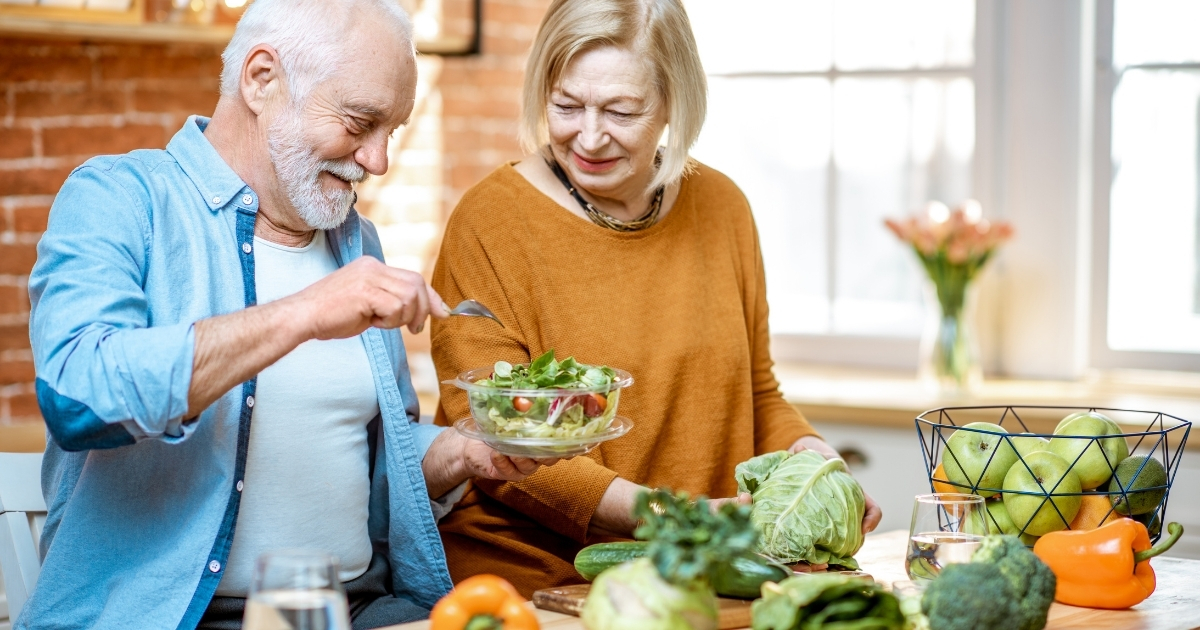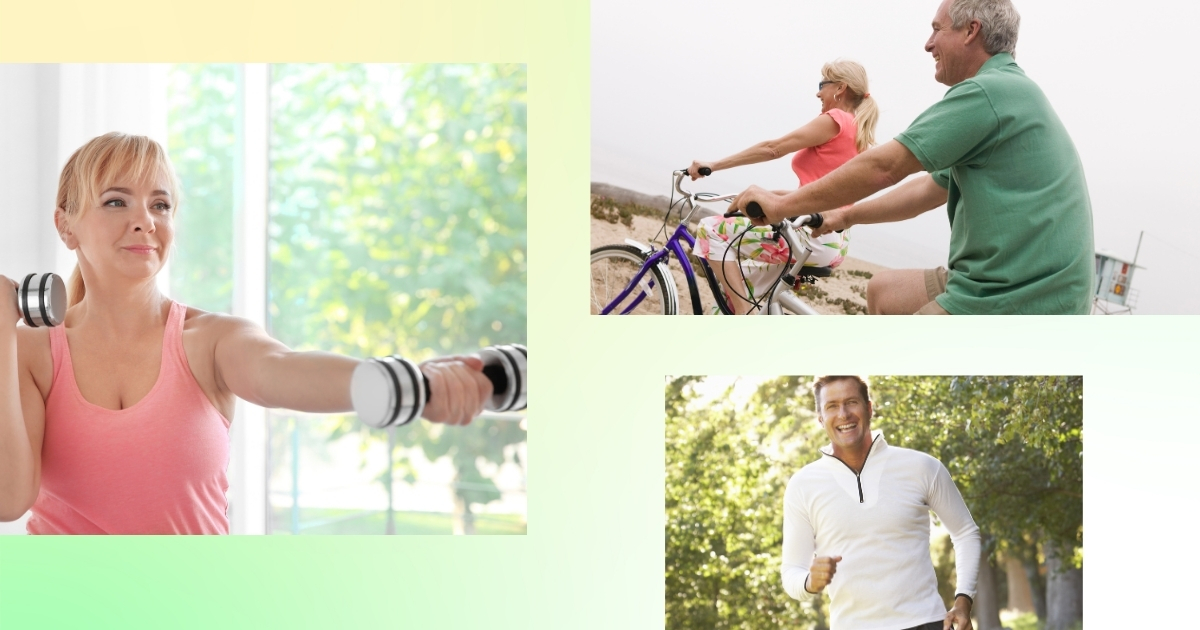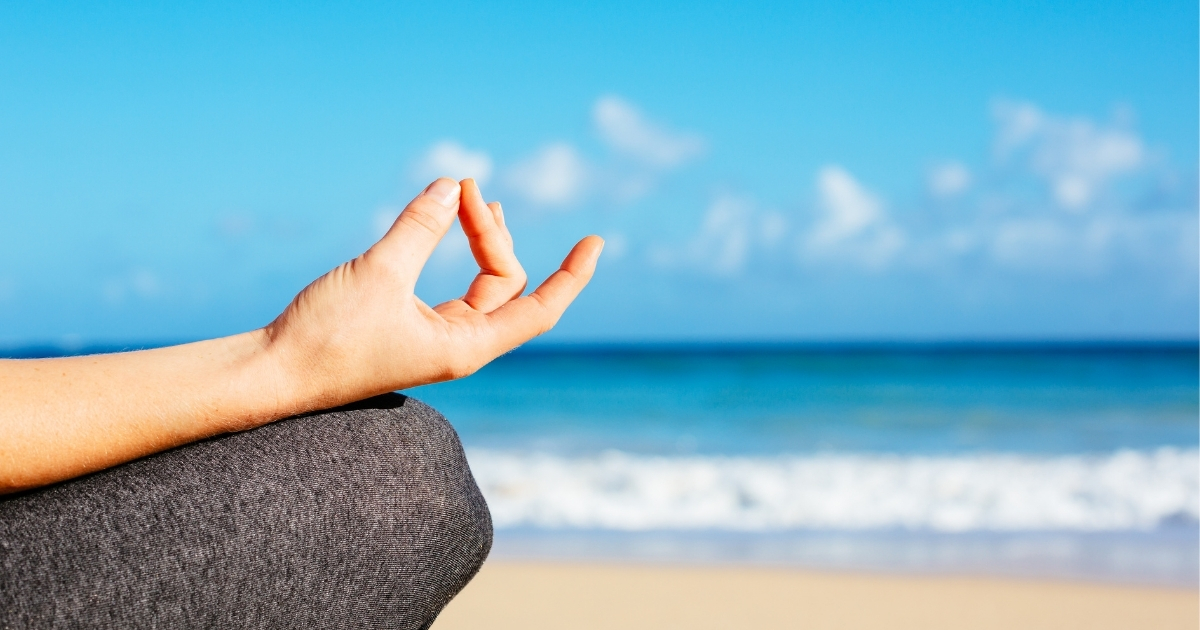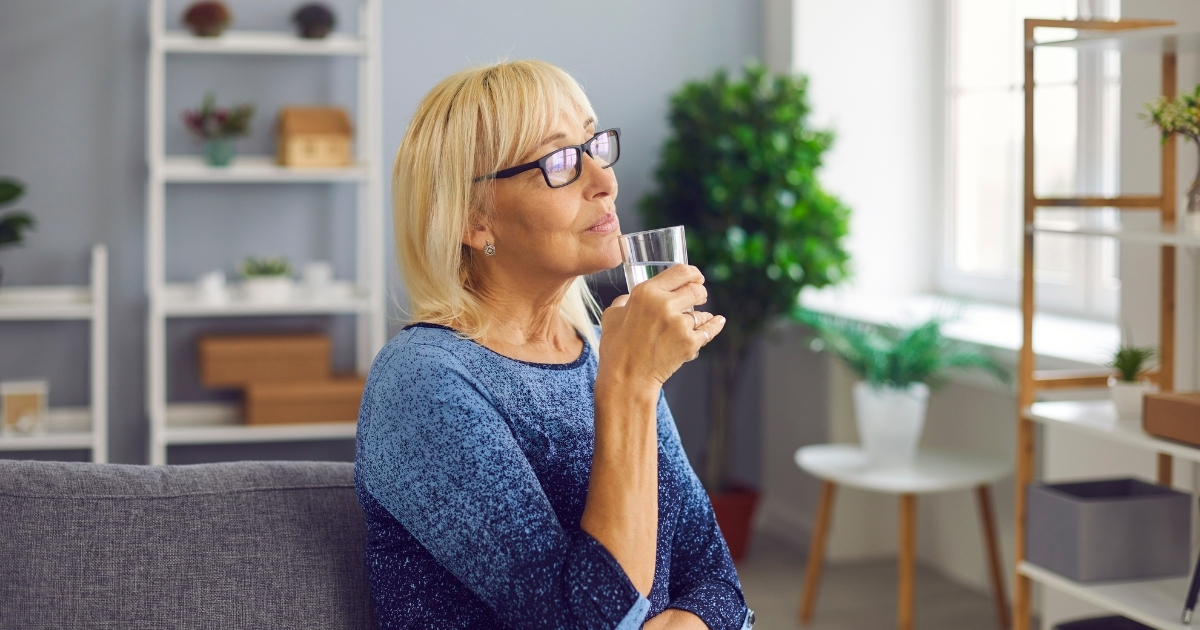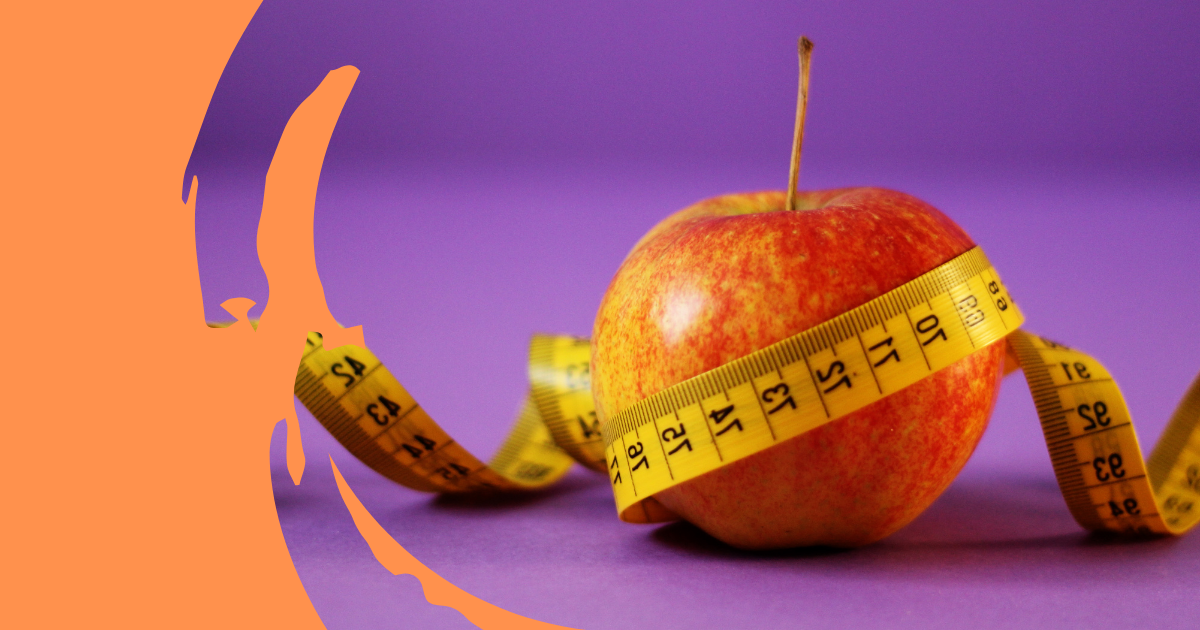
How to Stay Fit and Active Together in Your 50s and Beyond
The idea that fitness is only for the young is outdated. Especially as we enter our 50s and beyond, keeping a healthy lifestyle becomes crucial. This stage often brings more free time and chances for socializing, but it’s easy to fall into less active habits, which isn’t great for our health.
This guide is your friendly nudge that it’s always the right time to lead or keep up an active, health-focused lifestyle. It’s packed with fun and rewarding ways to stay fit, perfect for those looking to find fitness motivation for couples or explore new ways to stay active together. Let’s dive in and discover how enjoyable staying fit can be, regardless of your age or relationship status!
The Benefits Of Working Out With Your Partner
Engaging in regular physical activities with your partner not only boosts your fitness levels but also strengthens your bond, making it a crucial component of building and maintaining healthy relationships. Working out together in your 50s can be instrumental in staying motivated, as having a committed fitness partner encourages consistency and accountability. Here are a few significant benefits:
- Enhanced Motivation: Sharing fitness goals and achievements can keep you both motivated to stick with your exercise routine.
- Support System: During exercises, especially on days when motivation is low, having your partner by your side offers emotional support and encouragement.
- Shared Goals: Setting and achieving fitness goals together strengthens your teamwork and shows commitment to each other’s health and well-being.
- Quality Time Together: Working out together provides an opportunity to spend quality time with each other, engaging in activities that benefit your physical and emotional health.
- Improved Communication: Engaging in physical activities together can open up new avenues of communication, essential for the longevity of relationships.
By incorporating regular fitness activities into their schedules, couples in their 50s can experience the dual advantages of enhancing their overall health while strengthening their bond and partnership. This holistic approach not only promotes physical well-being but also nurtures the relationship, fostering a healthier and happier lifestyle together.
Low-Impact Exercises for Health
Low-impact exercises are ideal for individuals in their 50s and beyond, focusing on maintaining physical health while minimizing strain on the joints. Walking is a prime example of a low-impact activity that can significantly benefit joint health. It’s accessible, requires no special equipment, and can be adapted to fit anyone’s fitness level. By incorporating regular walks into your routine, either with your partner or solo, you stimulate cardiovascular health and support joint mobility without overburdening them.
Swimming stands out as another excellent low-impact exercise, renowned for its comprehensive health benefits. Immersed in water, your body experiences less gravitational force, which means less stress on your joints while moving. Swimming laps or participating in water aerobics classes can strengthen the muscles around your joints, enhance cardiovascular endurance, and improve flexibility, all with minimal joint impact.
Yoga offers a unique combination of stretching, strength, and balance exercises, making it perfect for joint health and overall well-being. It gently encourages movement and flexibility, focusing on mindfulness and breathing, which can also reduce stress levels. Practicing yoga regularly can help maintain joint flexibility, strengthen the muscles around the joints, and reduce the risk of joint stiffness, which is especially beneficial as we age. Engaging in yoga sessions with a partner can also add a layer of emotional connection and support to the practice.
Incorporating these low-impact exercises into your daily routine represents a sustainable approach to maintaining health and vitality in your 50s and beyond. By choosing activities that are kind to your body while still engaging and enjoyable, you can look forward to years of physical activity together.
Strength Training Exercises for Seniors
Strength training, often underrated, is crucial for individuals in their 50s aiming to maintain muscle mass and bone density. Incorporating such exercises into your workout routine not only helps preserve muscle strength but also aids in metabolism regulation and improves posture. Using resistance bands, free weights, or body-weight exercises can dramatically impact your overall health by mitigating the risks associated with muscle loss and osteoporosis associated with aging.
Contrary to common misconceptions, strength training does not necessarily mean lifting heavy weights at the gym. Simple activities like squats, lunges, and push-ups, that use your body weight as resistance, can be highly effective. These exercises focus on building core strength, balance, and stability, which are paramount for seniors to maintain independence and reduce the risk of falls.
Another significant aspect of strength training is its role in managing chronic conditions such as arthritis, heart disease, and diabetes. Regular, moderate-intensity strength training can improve pain management, enhance heart health, and regulate blood sugar levels. This makes it an indispensable part of a holistic approach to maintaining health in your 50s and beyond.
Incorporating strength training exercises two to three times per week, ensuring to work on all major muscle groups, offers a balanced approach to physical fitness. It allows for ample recovery time, critical for older adults, while efficiently working towards maintaining muscle and bone health. With consistent effort, strength training can significantly enhance one’s quality of life, allowing for more active and fulfilling golden years.
Integrating Exercise into Daily Life
Integrating exercise into daily activities can transform seemingly mundane tasks into opportunities for physical fitness. Gardening, for example, is not only therapeutic but also a form of physical labour that involves squatting, bending, and stretching, effectively working various muscle groups. It’s a perfect example of how couples can spend time together outdoors, fostering both their relationship and their health.
Housework, often seen as a chore, can be reimagined as a calorie-burning activity. Activities such as vacuuming or mopping the floor engage your core and arm muscles, turning cleaning into an impromptu workout session. Setting a timer and racing against it to finish tasks can add a fun, competitive edge to routine cleaning, encouraging both you and your partner to move swiftly and efficiently.
How to get your partner motivated to work out can sometimes be as simple as suggesting a walk after dinner. This not only aids digestion but also provides a moment to disconnect from digital devices, fostering deeper connections through conversation while walking. Making this a daily ritual can subtly cement the habit of exercising together without the activity feeling forced or structured.
Lastly, taking on DIY home improvement projects can be a creative way to stay active. Tasks like painting, redecorating, or building simple furniture require physical effort, which strengthens the body. Engaging in these projects together can not only beautify your living space but also reinforce teamwork and communication, proving that working out doesn’t always have to involve a gym or structured exercise program.
A Journey to Health and Happiness Together
Fostering a lifestyle that incorporates physical activity into daily life offers a pathway to sustained health and deeper connection for couples in their 50s and beyond. Whether it’s through low-impact exercises, strength training, or integrating movement into everyday tasks, the benefits extend far beyond physical well-being, enriching emotional bonds and enhancing life’s quality. The key to longevity and vitality lies in finding joy and purpose in the activities you do together, making fitness motivation for couples not just about staying active, but about building a life filled with adventures and shared experiences.
We encourage you to take the first step today towards a healthier, happier life together. Challenge one another to find new, enjoyable ways to stay active, commit to regular exercise routines, and weave physical activity into your daily lives. By doing so, you’re not just investing in your health; you’re deepening your connection, creating lasting memories, and setting the foundation for many more active years ahead. Start this journey to health and happiness together; the rewards will be well worth the effort.


